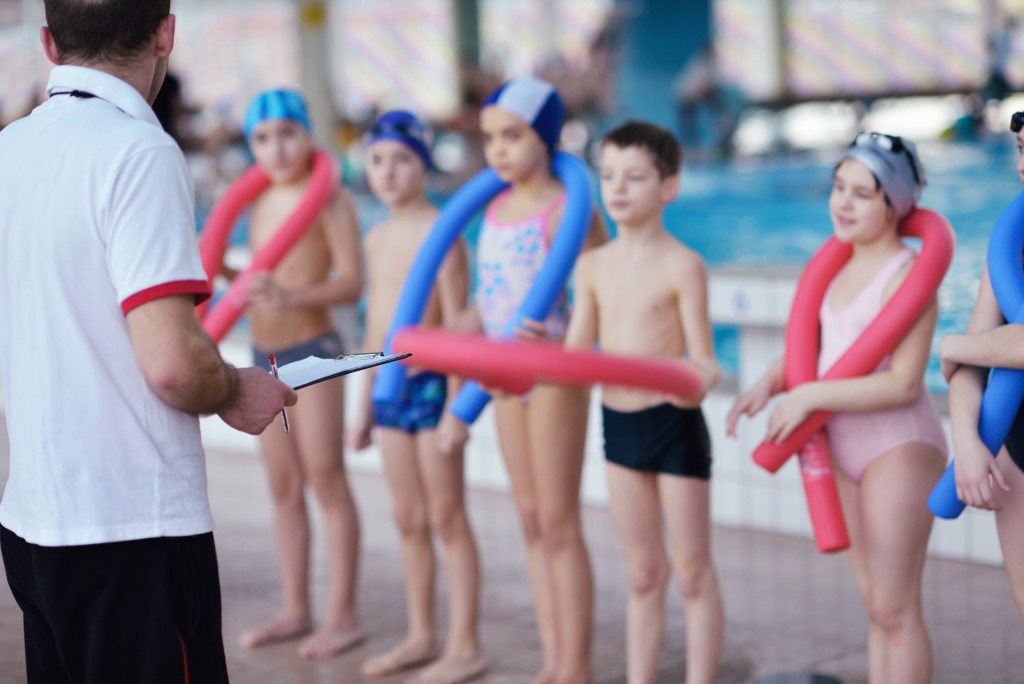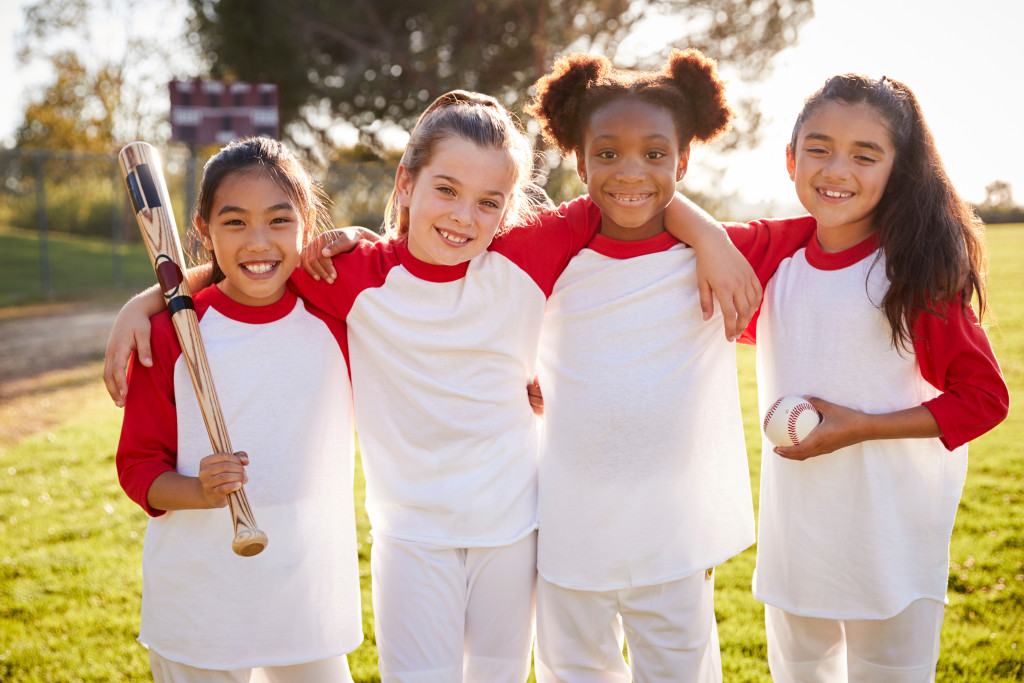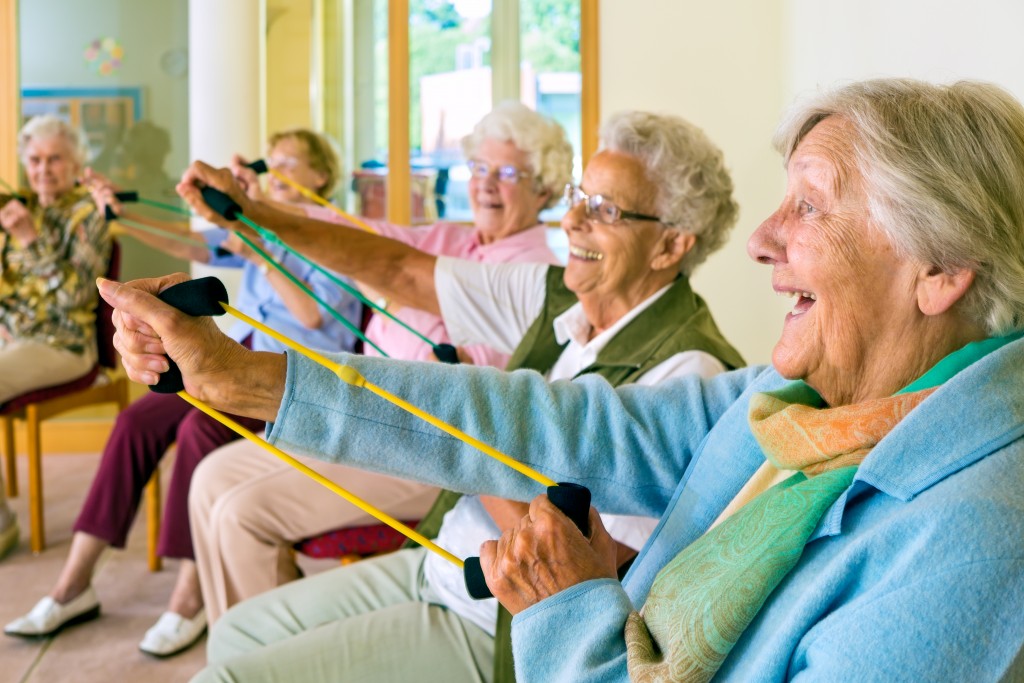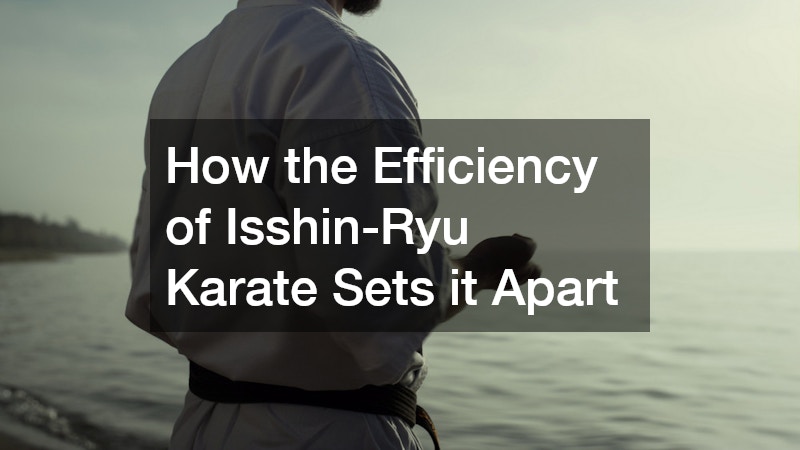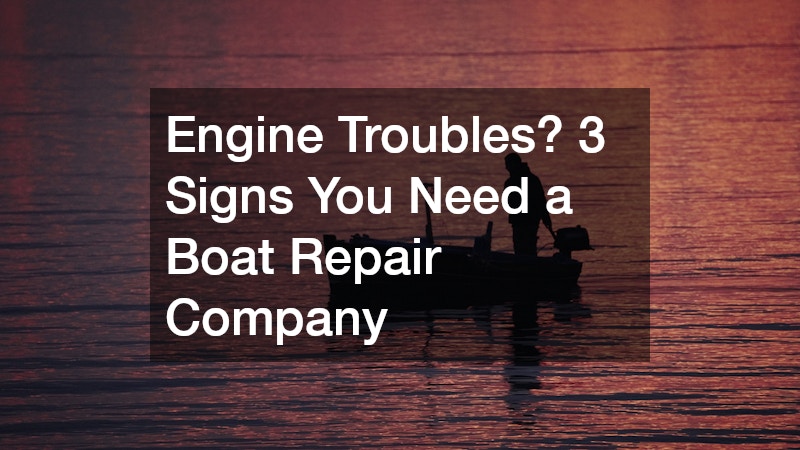- Choose certified swimming instructors to ensure the safety of children during swimming classes.
- Keep the pool clean, check the pH balance regularly, and invest in water purification systems to lower chlorine and CYA levels.
- Watch your child during swimming classes and communicate any issues with the instructor.
- Teach children water safety before enrolling them in a swimming class.
- Establish clear rules and boundaries for water safety and lead by example.
Swimming is an essential life skill that every child must learn. Swimming classes provide the perfect opportunity for young children to develop their swimming abilities safely, but it also poses some risks. According to the Centers for Disease Control, drownings are the leading cause of injury-related deaths for children between 1 and 4.
Therefore, taking every precaution to keep children safe during swimming classes is imperative. This blog post will discuss some tips on how parents and swimming instructors can ensure the safety of children during swimming lessons.
Choose certified swimming instructors
The first step to ensuring the safety of children during swimming classes is to choose certified swimming instructors. Certified instructors have the training and skills to teach children how to swim safely.
They know how to handle emergencies and can teach children how to stay afloat, breathe, and move in the water. Before enrolling your child in a swimming class, always verify the instructor’s credentials.
Keep the Pool Clean

Apart from the instructor, the pool is vital in keeping children safe while they learn to swim. Ensure the pool is clean and free of any organic matter, such as dirt or leaves. It is also essential to check the pH balance of the water regularly. The proper pH balance helps ensure that bacteria don’t grow in the water, which can harm children.
If possible, invest in water purification systems that help lower chlorine concentration in the water. These systems also effectively lower CYA in pools, which is essential since higher levels can result in skin and eye irritation. This occurs because chlorine cannot kill bacteria at higher CYA levels, making the pool more susceptible to contamination.
Keep an eye on your child
As a parent, your role does not end when you drop your child at the swimming pool. You must keep an eye on your child during the swimming class. Watch them closely and observe their behavior in the water. If you notice any issue, communicate immediately with the instructor.
Teach children water safety
Before enrolling your child in a swimming class, teach them water safety tips. The importance of water safety cannot be overstated. Drowning is one of the leading causes of accidental deaths worldwide, and children are particularly vulnerable in and around water. As parents, it is our responsibility to teach our kids about the dangers of water and how to stay safe.
Start teaching water safety at a young age
It’s never too early to start teaching your children about water safety. You can begin by explaining the importance of avoiding water hazards and never entering the water without adult supervision. Even toddlers can learn the basics of water safety through songs, games, and stories.
Teach your children to respect water
Children should be taught to respect the water, whether it’s a swimming pool, lake, or ocean. They should never underestimate the power of water, even if it looks calm and inviting. Teach them to always watch for warning signs, including rip currents and hazardous weather conditions.
Establish clear rules and boundaries
It’s important to set clear rules and boundaries when it comes to water safety. Explain to your children that they should never swim alone, always wear a life jacket if they’re boating, and never run around the pool. Be consistent with enforcing these rules, and explain their consequences.
Lead by example
Children learn by example, so it’s essential to lead by example regarding water safety. Be sure to wear a life jacket when boating, follow the rules of the pool, and always stay within a safe distance of your children when they’re swimming. You can help your children learn to be responsible and safe around water by modeling safe behavior.
Proper equipment

Swimming classes require the use of proper equipment, such as life jackets, goggles, and swim caps. Ensure that your child’s kit fits correctly and is in good condition. In addition, make sure that the swimming pool surroundings are safe and free from any obstacles that can cause accidents. Moreover, ensure the necessary emergency equipment in the pool, such as a first aid kit and a flotation device.
The Bottom Line
Swimming lessons are an excellent opportunity for children to learn valuable life skills while having fun. Parents and swimming instructors must prioritize the safety of children during swimming classes. Choosing certified swimming instructors, keeping an eye on your child, teaching water safety, using proper equipment, and avoiding distractions are some of the essential steps to ensure children’s safety. Applying these tips can help prevent accidents and ensure that swimming classes are a positive experience for children.

